|
Did you know that Radishes are classed as one of the super-foods? This small peppery tasting salad vegetable is often maligned and under used but it should be eaten liberally when in season.
What can be most health giving though are the roots and the leaves of these small plants. These are almost always discarded when you prepare radishes for eating by top, tail and washing them. The leaves of the plant though contain more Vitamin-C, protein and calcium than their roots. Radishes contain Vitamin-C, zinc, B-complex vitamins and phosphorus. In fact you can find a wide range of uses and health benefits detailed here. Apart from eating radishes, they may become part of your beauty regime. What we love about radishes though is their distinctive taste added to the fact that they are quick and easy to grow. You will not need a huge garden or plot of land. If you monitor the radishes growth and plant new seeds at regular intervals you will have a bountiful crop. Here is one of our earlier articles regarding growing radishes from seed: Well let's get started. First let's make sure we all know what radishes are. They are those small round red. pink or white, slightly peppery tasting salad vegetables. Good radishes are firm and crunchy to bite into. As with most vegetables radishes have quite a few different varieties. What all radishes have in common though is that they are all quick and easy to grow. You do not need a large garden as they can be grown from seed in trugs, troughs, planters and the like. Convinced? The seeds You can buy a packet of radish seeds fairly cheaply from garden centres or supermarkets. As a rough amount a packet of seeds containing 500 seeds will cost you about 40p. We opted for a packet of seeds from Asda for £1 that contained lettuce, spring onion and two different varieties of radish seeds. Containers You can grow vegetables such as radishes even if you do not have a garden, They do not require a massive amount of space. Plastic round trugs which retail from between £2 to £8 are perfect for the job in hand. Remember to drill a couple of drainage holes in the bottom though before planting. Compost Radishes grow so easily that a basic multi-purpose compost will be fine. Buy a huge bag as it works out cheaper. Best location Radishes will thrive in a sunny spot. Summer in the UK can be a hit and miss affair so choose an area that has the most sunlight. Ensure though that they will not get too much sun on a daily basis. Radishes might like sun but they do not want to get too hot. Planting Ideally plant in rows at a depth of around 1/2 an inch. Cover with soil or compost. Aim to leave a space between each seed. Some radish seeds are a fair size and this is easy to do with these seeds. Helpful advice
Take care not to disturb ant surrounding radishes that are not yet ready to harvest. Gently put your hand around the radish under the soil or compost. You will be able to assess if the radish is large and mature. If it is gently pull up. Snap the top leaves and bottom root of for washing and eating. Throw the discarded leaves and roots into your composter. Overall As radishes are so easy and quick to grow they are perfect for beginners and children to grow. So? What are you waiting for? Grow radish from seed Grow lettuce from seed
0 Comments
Radishes are one of the easiest and quickest salad vegetables to grow. Not only that, they taste much better than shop bought ones.
First let's make sure we all know what radishes are. They are those small round red, pink or white, slightly peppery tasting salad vegetables. Good radishes are firm and crunchy to bite into. If you have only eaten radishes bought from a supermarket this description may amaze you. Those ones pale by comparison to home grown radishes. Well let's get started As with most vegetables radishes have quite a few different varieties. What all radishes have in common though is that they are all quick and easy to grow. You do not need a large garden as they can be grown from seed in trugs, troughs, planters and the like. Convinced? The seeds You can buy a packet of radish seeds fairly cheaply from garden centres or supermarkets. As a rough amount a packet of seeds containing 500 seeds will cost you about 45p. We opted for a packet of seeds from Asda (UK) for £1 that contained lettuce, spring onion and two different varieties of radish seeds. Containers You can grow vegetables such as radishes even if you do not have a garden; they do not require a massive amount of space. Plastic round trugs which retail from between £2 to £8 are perfect for the job in hand. Remember to drill a couple of drainage holes in the bottom though before planting. Compost Radishes grow so easily that a basic multi-purpose compost will be fine. Buy a huge bag as it works out cheaper. Best location Radishes will thrive in a sunny spot. Summer in the UK can be a hit and miss affair so choose an area that has the most sunlight. Ensure though that they will not get too much sunshine on a daily basis. Radishes might like sunshine but they do not want to get too hot. Planting Ideally plant in rows at a depth of around 1/2 an inch. Cover with soil or compost. Aim to leave a space between each seed. Some radish seeds are a fair size and so this is easy to do with these seeds. Helpful advice
Harvesting Take care not to disturb any surrounding radishes that are not yet ready to harvest. Gently put your hand around the radish under the soil or compost. You will be able to assess if the radish is large and mature. If it is gently pull it up. Snap the top leaves and bottom root off for washing and eating. Throw the discarded leaves and roots into your composter. Overall As radishes are so easy and quick to grow they are perfect for beginners and children to grow. http://www.fullcircle.com/goodfoodlife/2012/05/14/9-reasons-to-eat-your-radishes/ |
Archives
March 2017
Categories
All
|


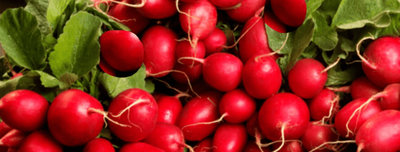
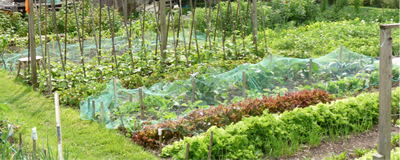
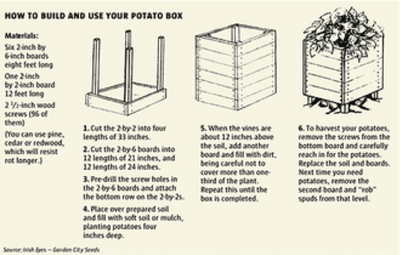
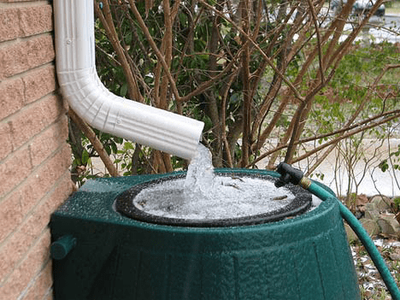

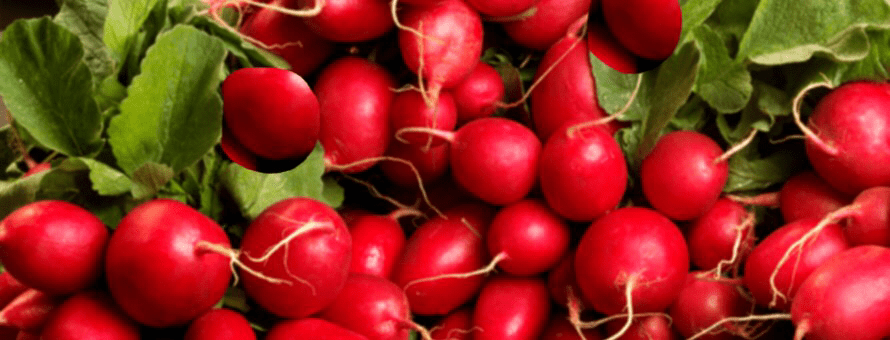
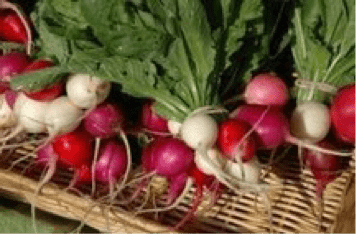
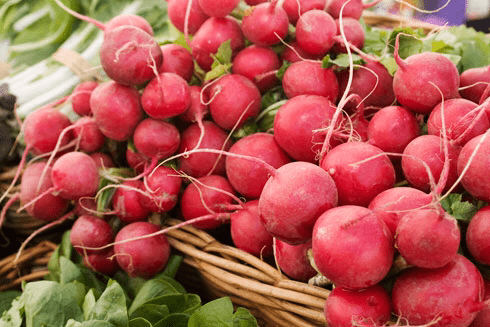
 RSS Feed
RSS Feed




